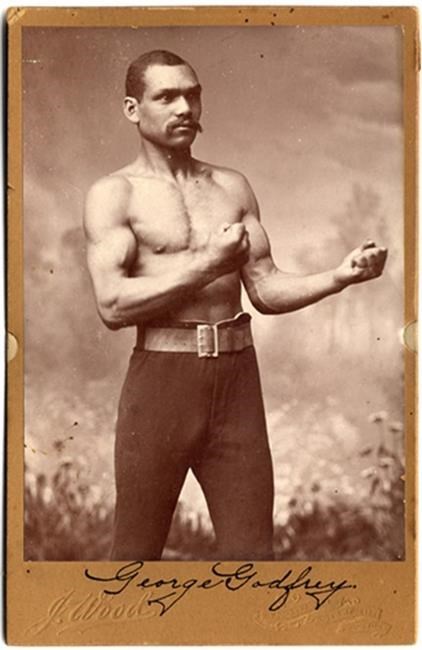CHARLOTTETOWN — Just west of downtown Charlottetown, a trio of modern provincial government buildings sit next to a large parking lot. Off to the side, there’s a small, teardrop-shaped pond, the last reminder that this area was once a thriving Black community.
The pool used to be part of the larger Government Pond, beside which some of Prince Edward Island's first Black residents settled in the early 1800s and created a neighbourhood known as The Bog. Today, there is nothing to commemorate the community, and some residents of the provincial capital believe that needs to change.
“We talk about The Bog as if it doesn't exist," Tamara Steele said in a recent interview. "The physical place, the brick and mortar buildings that were there, maybe they don't exist anymore, but those families are still here."
Steele is the executive director at the Black Cultural Society of Prince Edward Island. She said recognizing the former community would increase understanding among the province’s growing Black population that people of colour have a long history in P.E.I.
Black people first arrived in the province in the late 1700s, said historian Jim Hornby, the author of Black Islanders: Prince Edward Island's Historical Black Community. They were brought as slaves after the American Revolution by Loyalist soldiers, who were welcomed by a governor looking to add more settlers to the growing colony.
One such man who would later gain his freedom was Samuel Martin, who had been brought from New Brunswick and would become known as “Black Sam."
Slavery had largely disappeared on the Island by 1810, and a few years later Martin applied on behalf of himself and his family for a grant of what Hornby says was “vacant, boggy land” bordering Government Pond. The grant was never approved, he added, but Martin and other formerly enslaved Black people began to set up homes on the pond's edge.
The neighbourhood grew over time, and by its peak in the 1860s, Hornby estimates some 200 people were living in The Bog. Most of the residents were poor, he said. Men were labourers and women took on household work.
“They did the same as they had done when they were slaves," Hornby said in a recent interview. "They did the hardest, dirtiest jobs." Some of those who were better off in the neighbourhood found work as stevedores and moving merchandise.
The community produced several notable figures. It was the birthplace of George Godfrey, who would go on to win the World Colored Heavyweight Championship, which was awarded to Black boxers in the late 19th and early 20th centuries. There were also the West End Rangers, a hockey team made up of players from The Bog that often drew big crowds.
Ann Maxwell, who now lives in Charlottetown, is a distant relative of some of The Bog’s first residents, David and Kesiah Shepard, a couple brought to Prince Edward Island by its second governor, Edmund Fanning.
Her interest in the origins of her family dates back to the early 2000s when she and others on the Island started the Black Islanders Cooperative to research the Shepard family tree. She’s gained "a whole lot of cousins" as a result of her research, she said with a laugh: "A family that's a lot bigger than I thought it was.”
Though descendants of The Bog's inhabitants remain on the Island, the buildings and landmarks that made up the neighbourhood were torn down and built over long ago as the city grew.
“The Bog disappeared in several stages,” Hornby said. In the late 19th century, the land was expropriated for city work and then redeveloped. In the 1960s, he said, it was redeveloped again to build the provincial offices that stand there today.
Hillary MacDonald, a spokeswoman for the province's Culture Department, said the government is in the early stages of discussions with the Black Cultural Society about a way of paying tribute to the neighbourhood's history. She did not disclose a timeline.
“We continue to take direction from the Black Cultural Society of P.E.I. of what they would like to develop in this area, and government will provide the supports,” MacDonald said in an emailed statement.
“I think that now is a good time,” said Steele, noting that the eruption of the Black Lives Matter movement globally last summer has served to amplify Black stories and open people up to hearing Black voices.
Steele said that she thinks making The Bog a more visible part of the province’s history is an important part of connecting the Island's Black past with the growing Black immigrant population. Between the 2011 and 2016 censuses, the number of Islanders identifying as Black more than doubled, reaching 825 people.
“I think it just serves to bridge that gap and bring those communities together a little bit, knowing that this history exists .... There is actually history that is resident here and lives here and is owned by P.E.I.,” Steele said.
This report by The Canadian Press was first published Feb. 25, 2021.Â
- By Danielle Edwards in Halifax
— — —Â
This story was produced with the financial assistance of the Facebook and Canadian Press ߣÄĚÉçÇř Fellowship.
The Canadian Press




